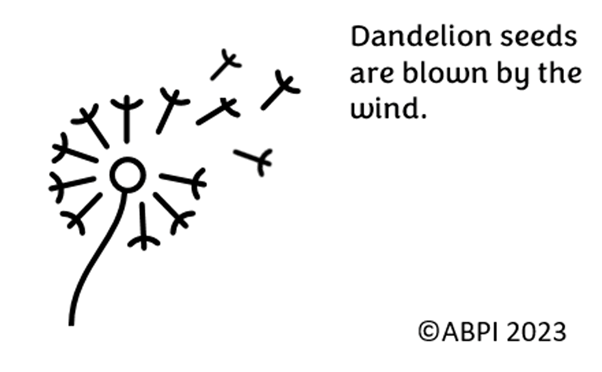This topic takes on average 45 minutes to read.
There are a number of interactive features in this resource:
 Biology
Biology
 Science
Science
Plants grow in the soil from seeds or bulbs. This is called germination. Seeds are made after plant sexual reproduction has taken place, whereby fertilization occurs in the ovary. This is more commonly known as pollination.
Sexual reproduction requires both male and female genetic information to produce offspring. For this reason, flowers contain the male sex organs (the stamens) and the female sex organs (the pistils).
Both the stamen and the pistil contain sex cells (also known as gametes). The male sex cell must fertilize the female sex cell to produce seeds.
The interactive activity below shows the different parts of a plant's sex organs. Click on the numbers to learn what each part is and what it does.

Pollen contains the male gametes and is transferred from one plant’s male sex organs to another plant’s female sex organs.
This is known as pollination and it is carried out by a variety of insects, such as bees. Plants have adapted over time to attract insects to ensure that reproduction can take place. These include them looking colorful, smelling nice, and having nectar in their flowers.
Pollen may also travel via the wind.
The pollen lands on the stigma, which is part of the female sex organ, the pistil. This can happen because the stigma is sticky.
The pollen then travels down the style to the ovaries. Once the pollen reaches the eggs inside the ovaries, and the egg becomes fertilized, seeds can be formed.
These seeds can then be carried in the air by the wind so that they can land on new soil and grow. For example, dandelion seeds are spread far and wide by the wind. Or, insects can carry seeds on their bodies.
Seeds can also be in fruits. This occurs when the ovary forms the fruit post-fertilization.
